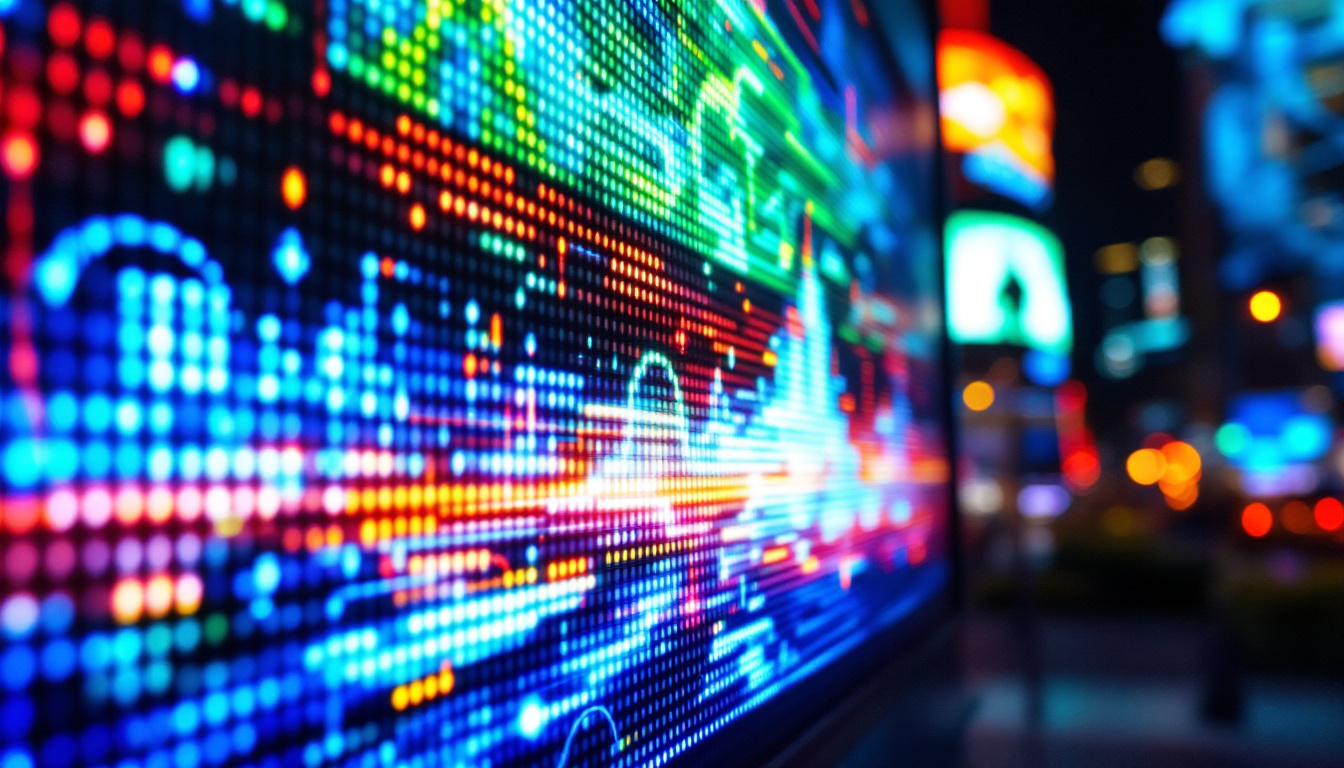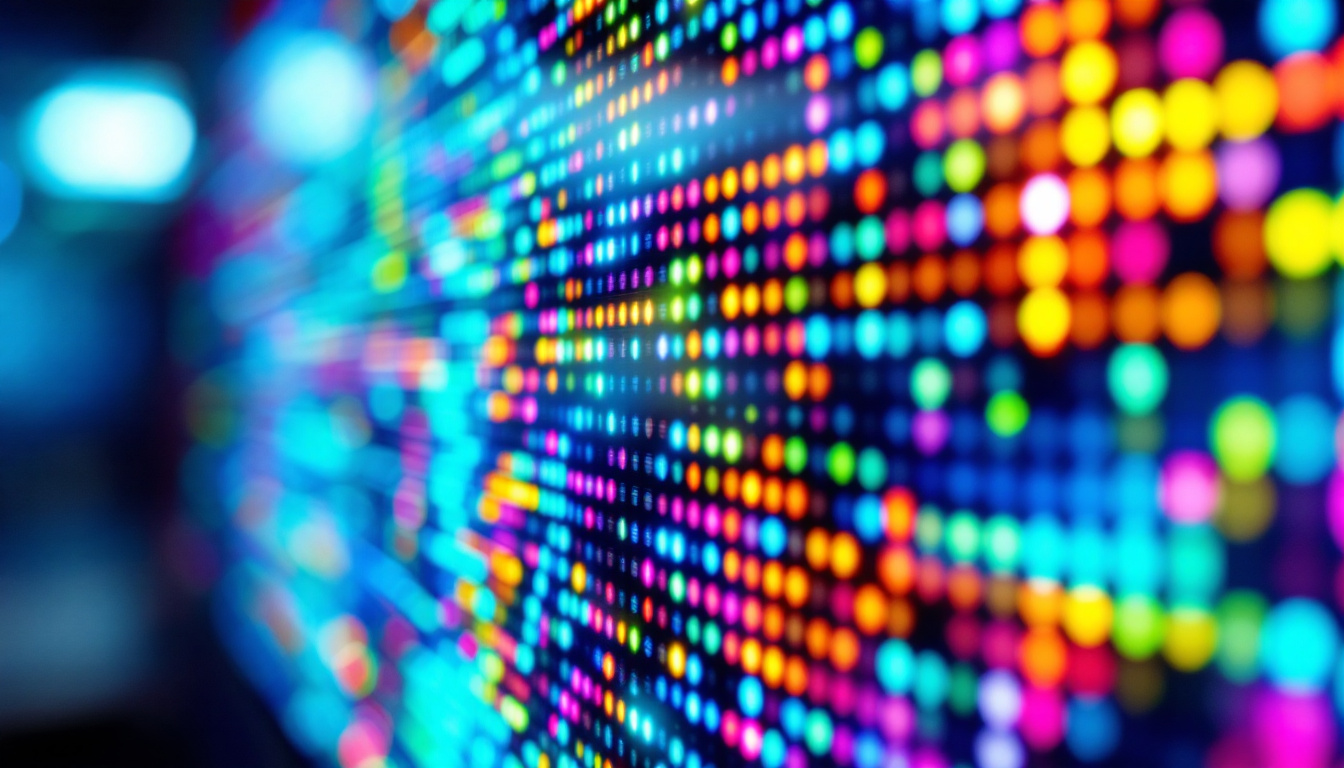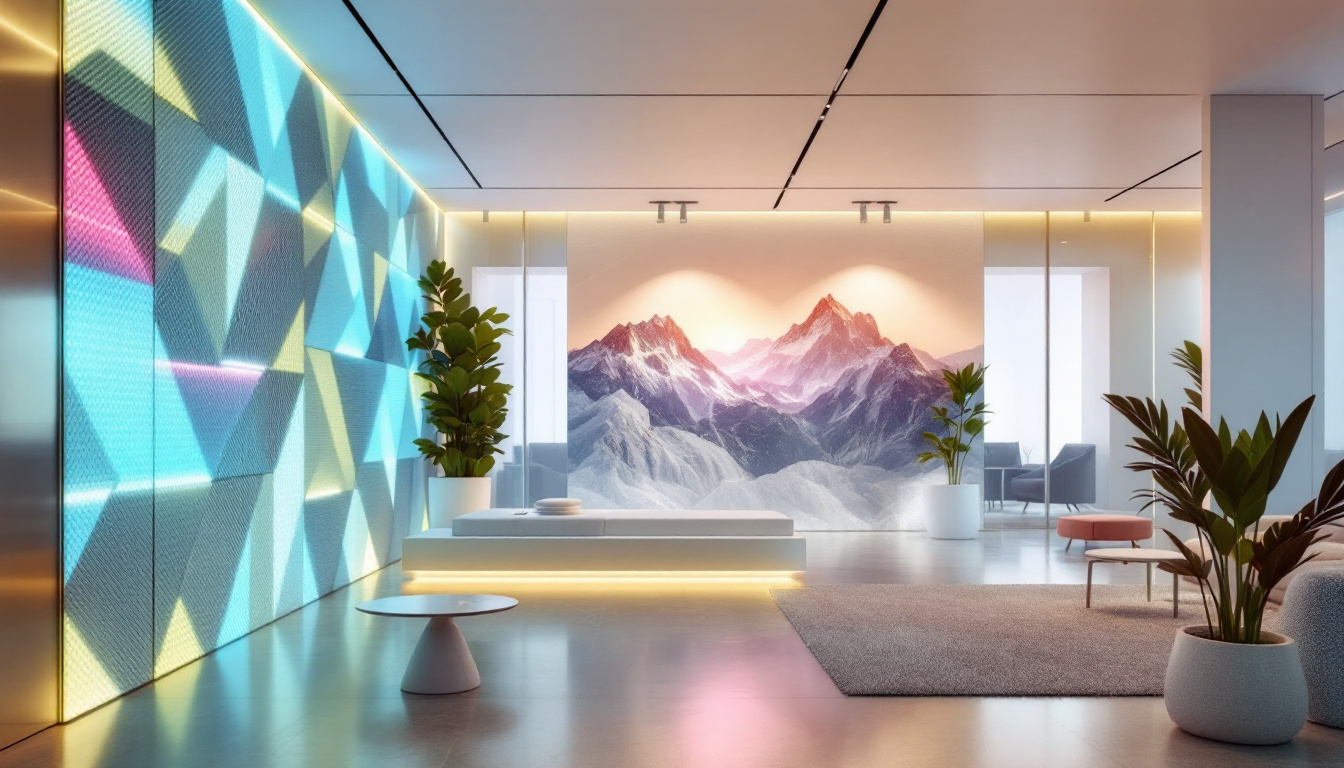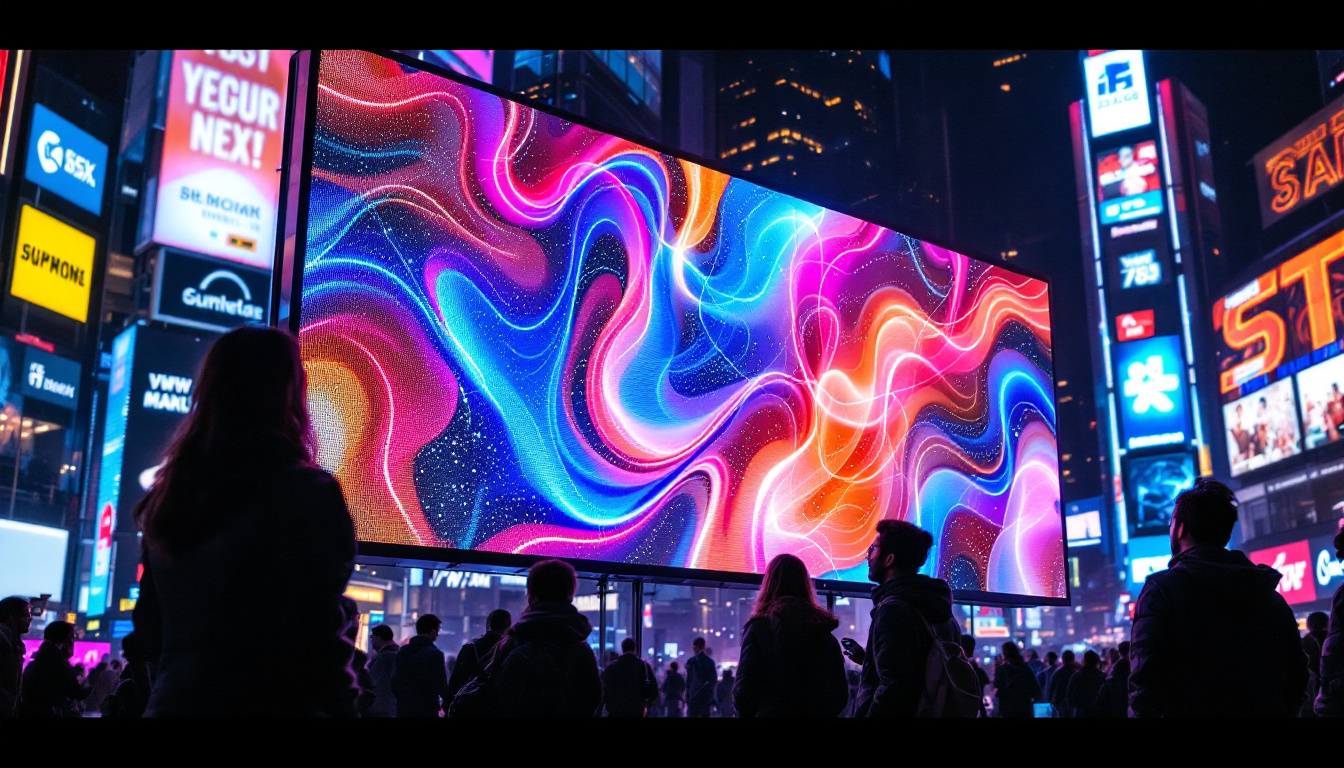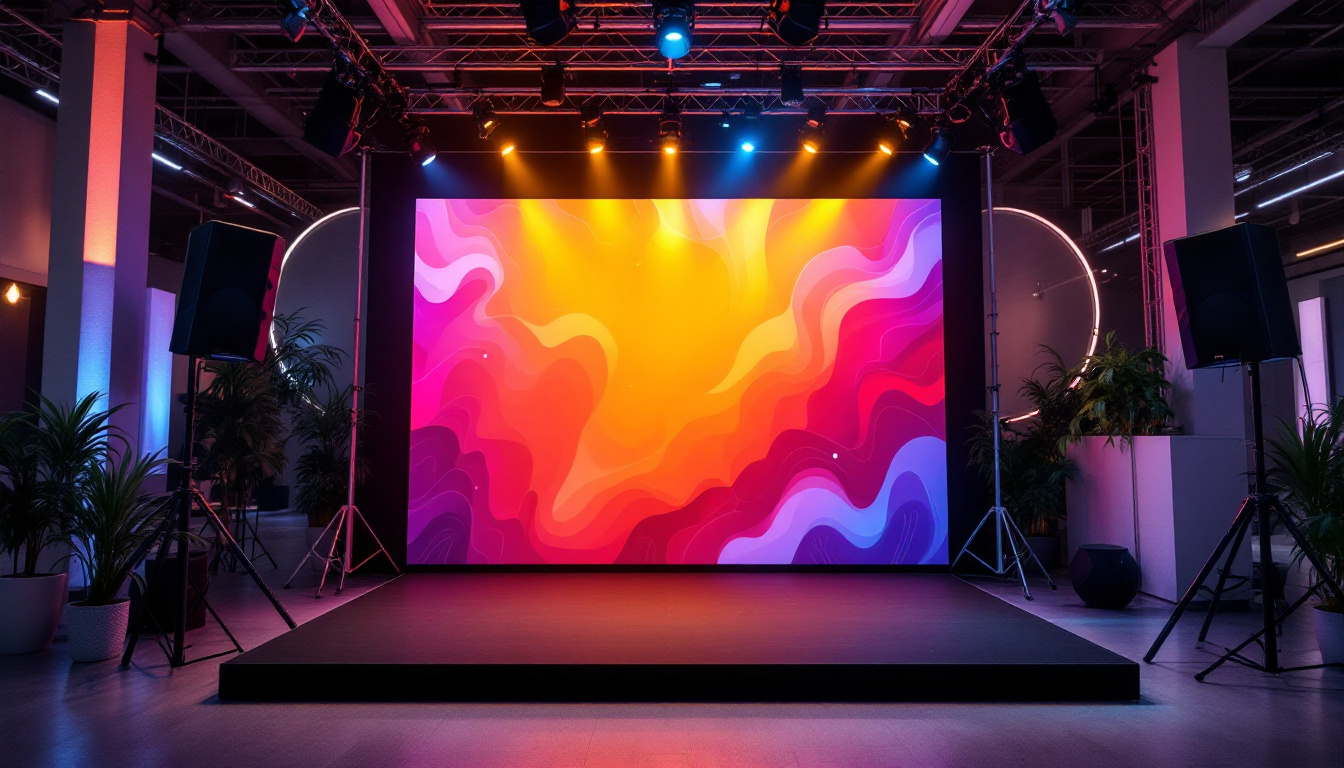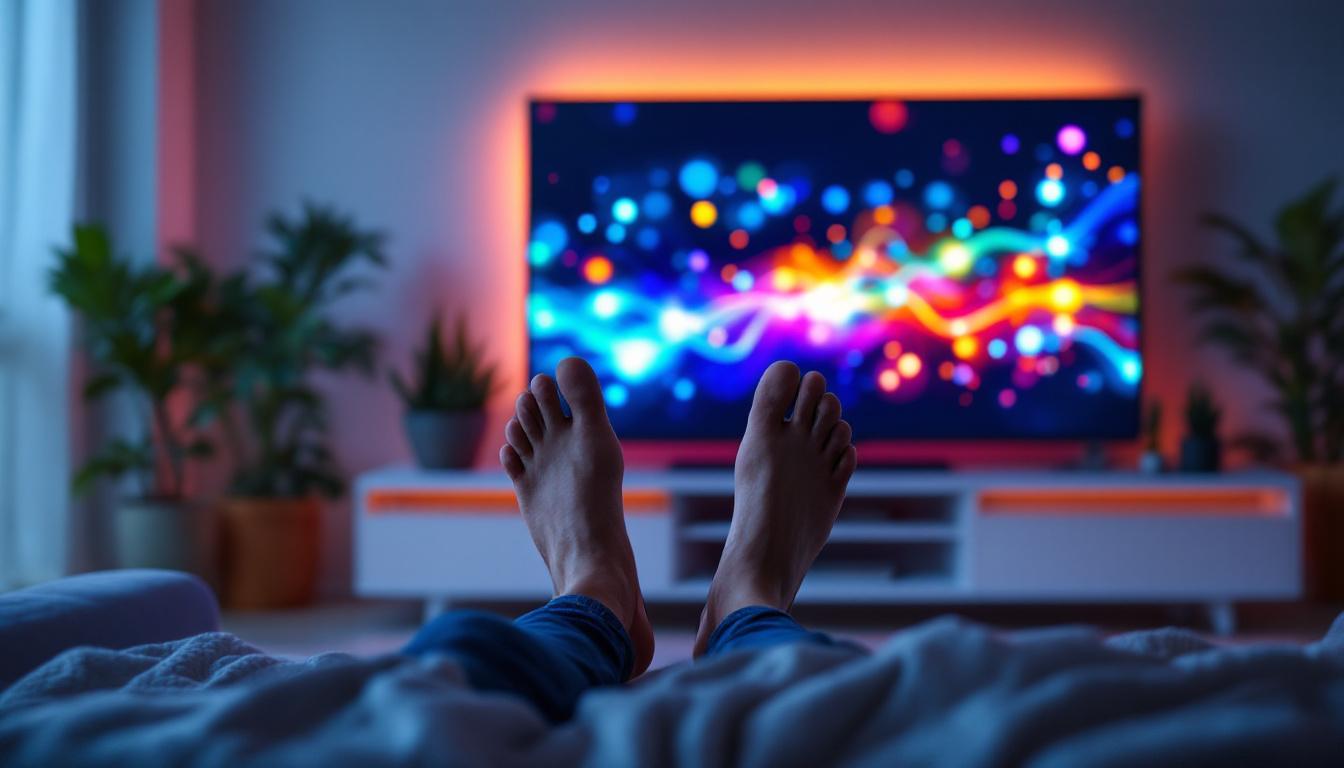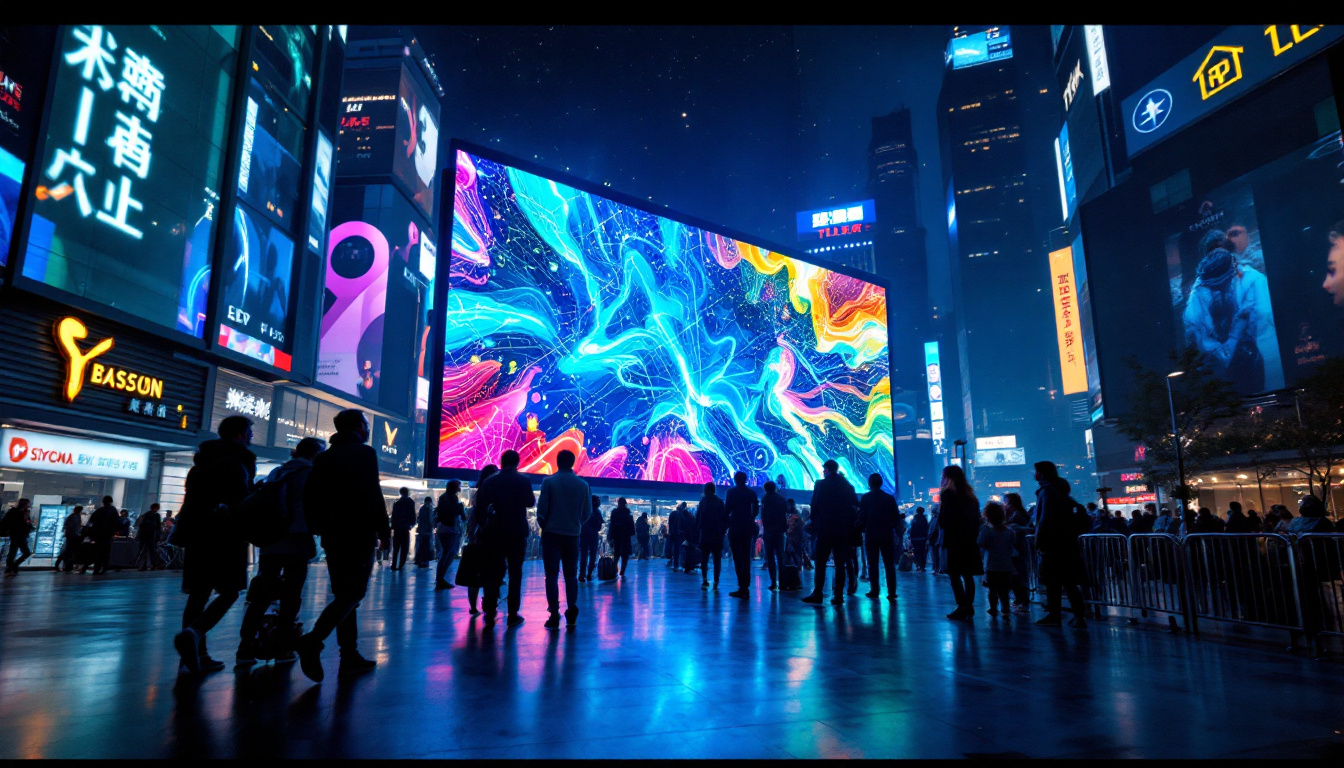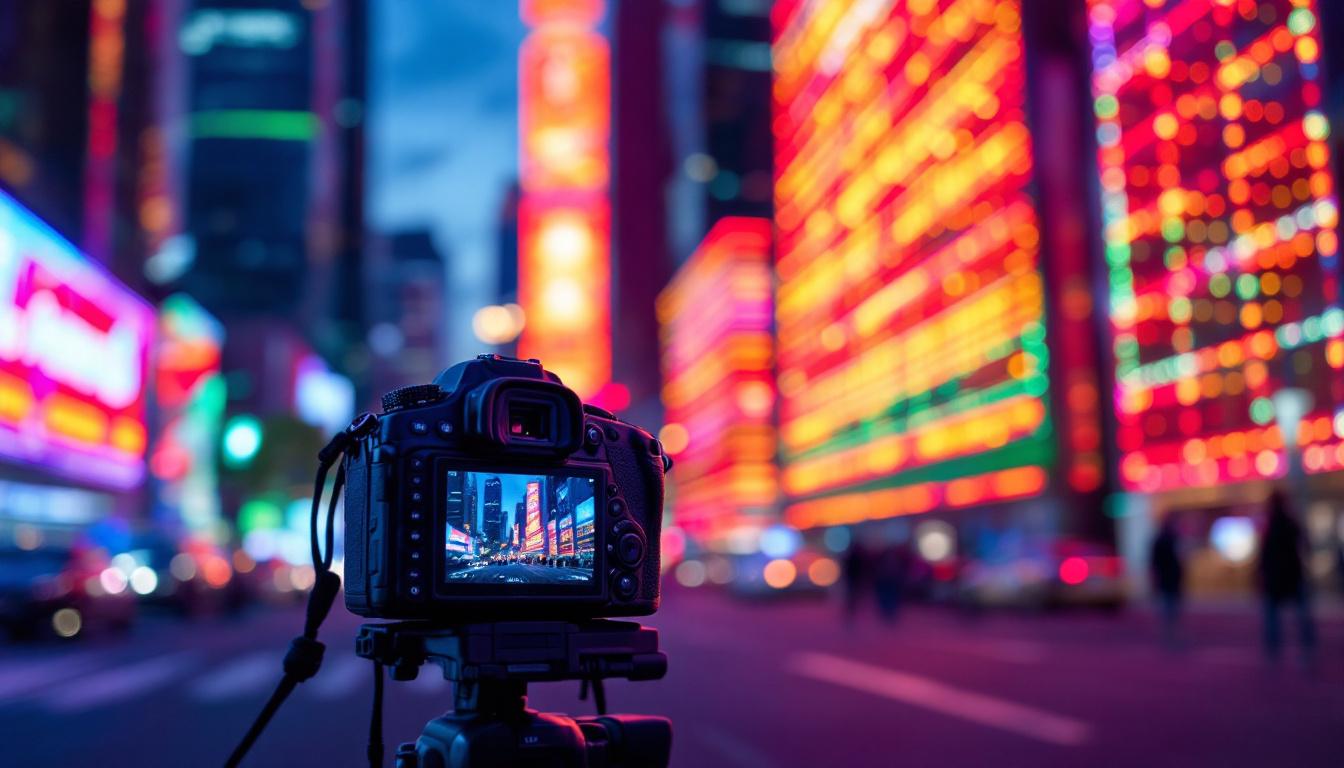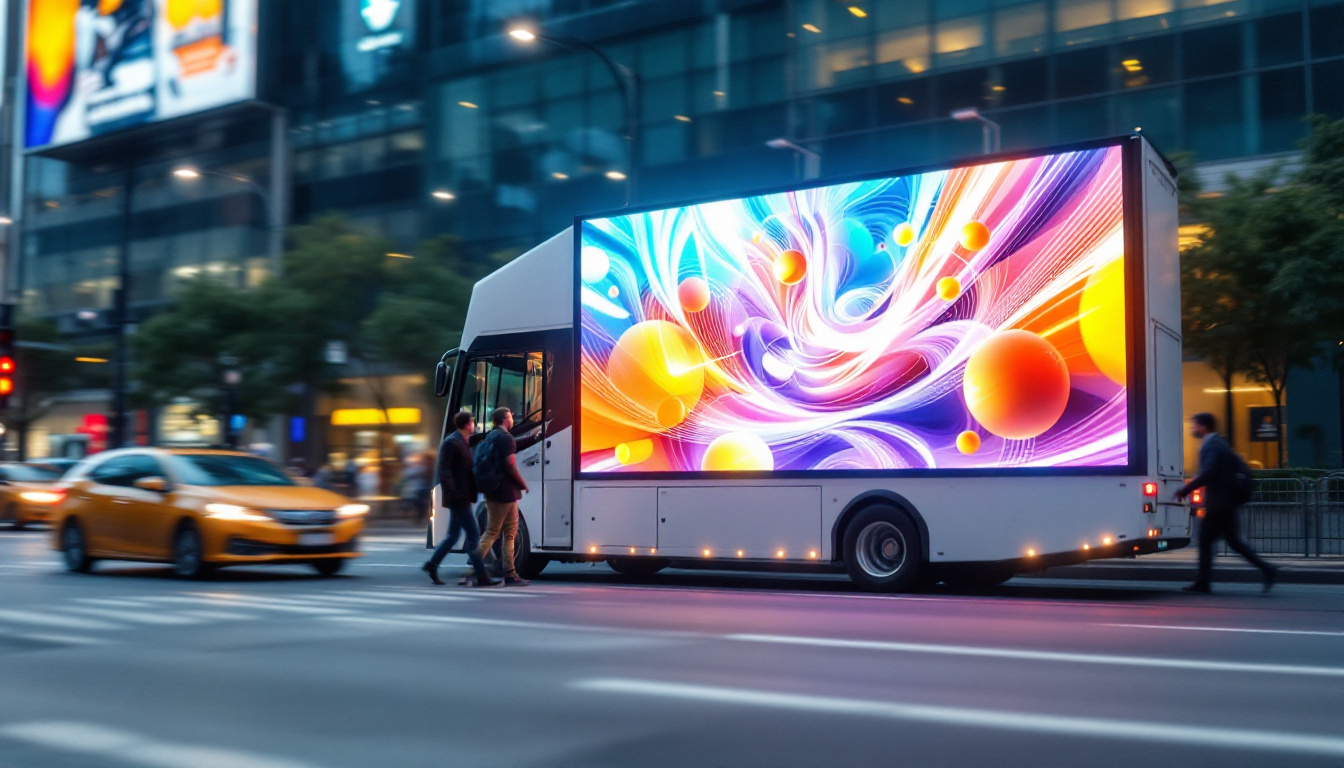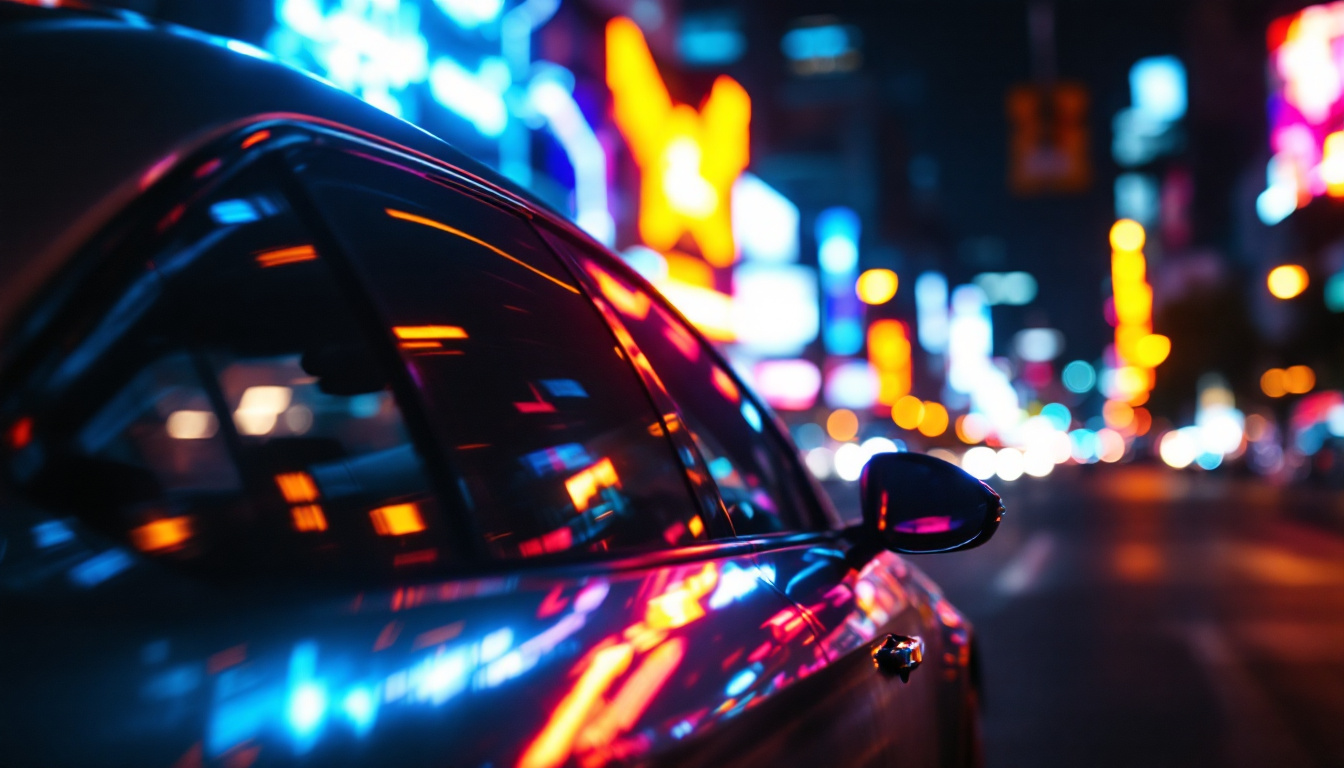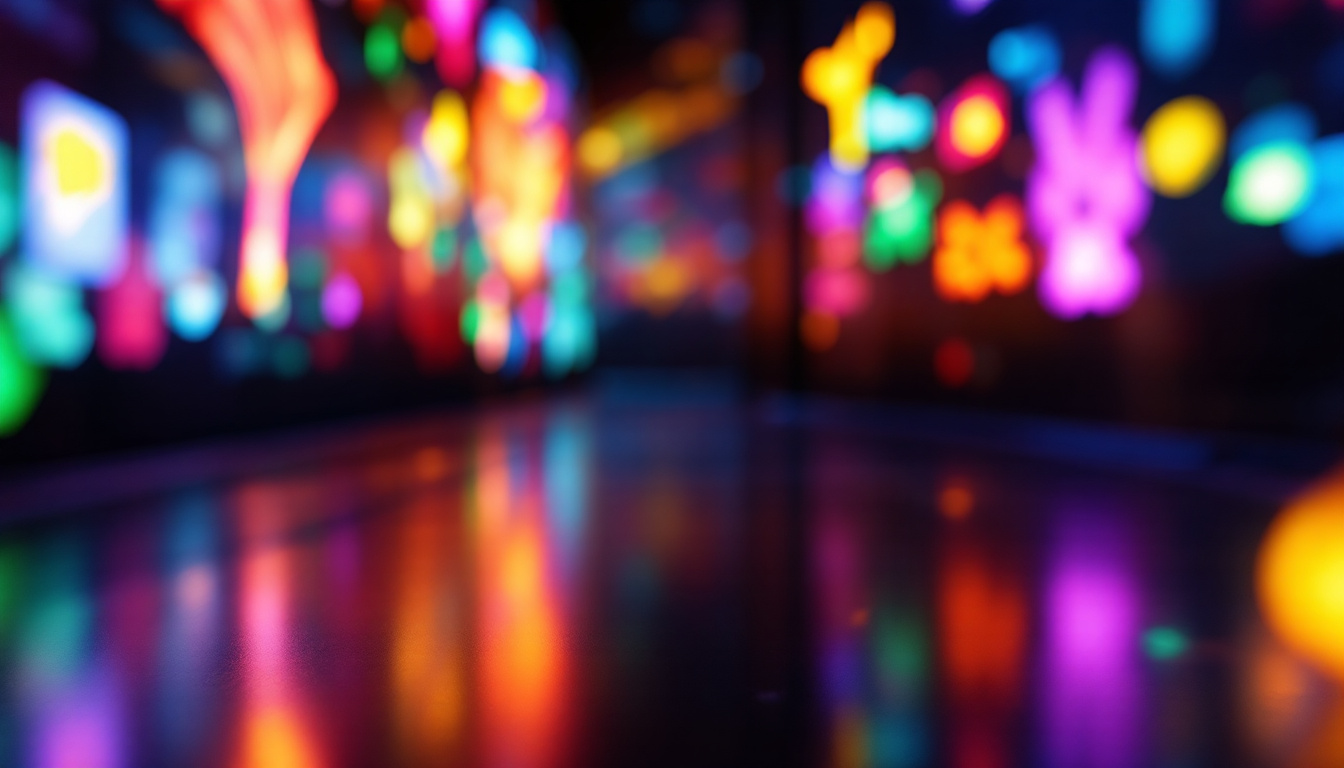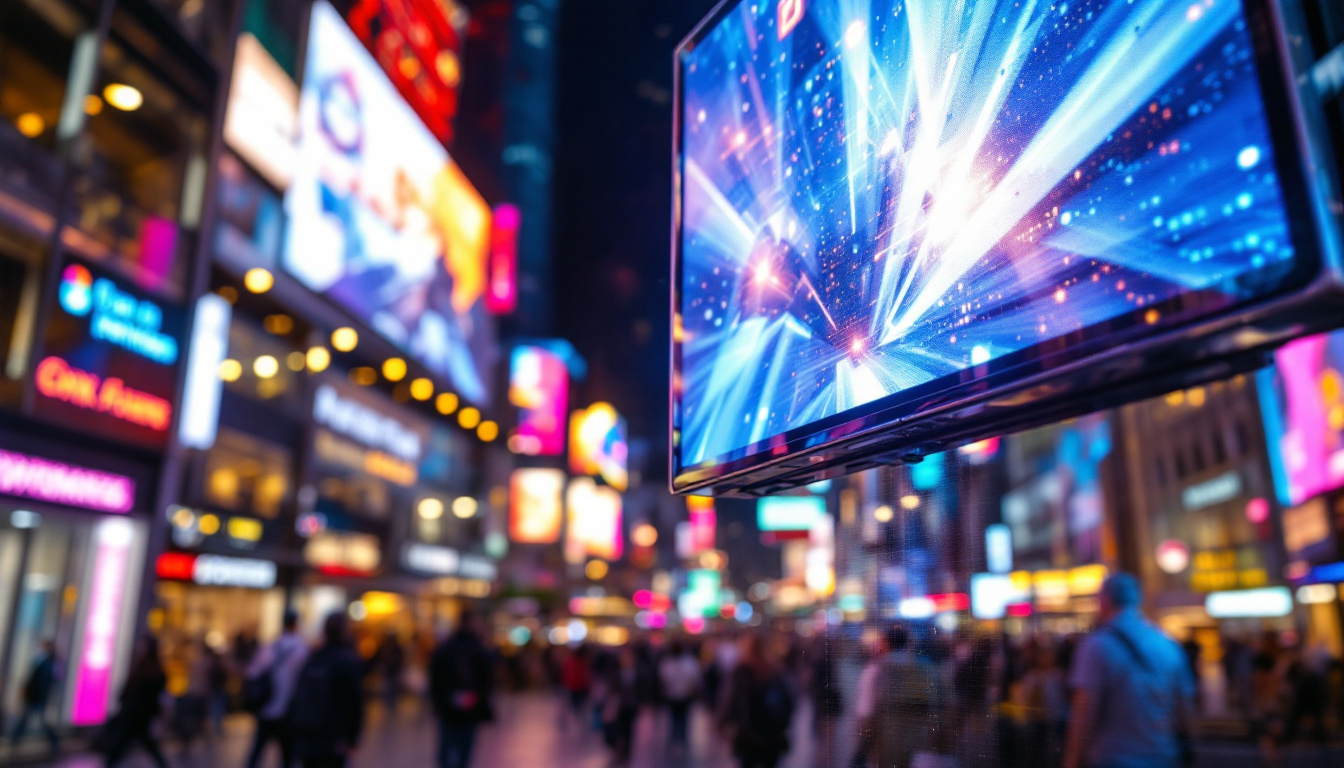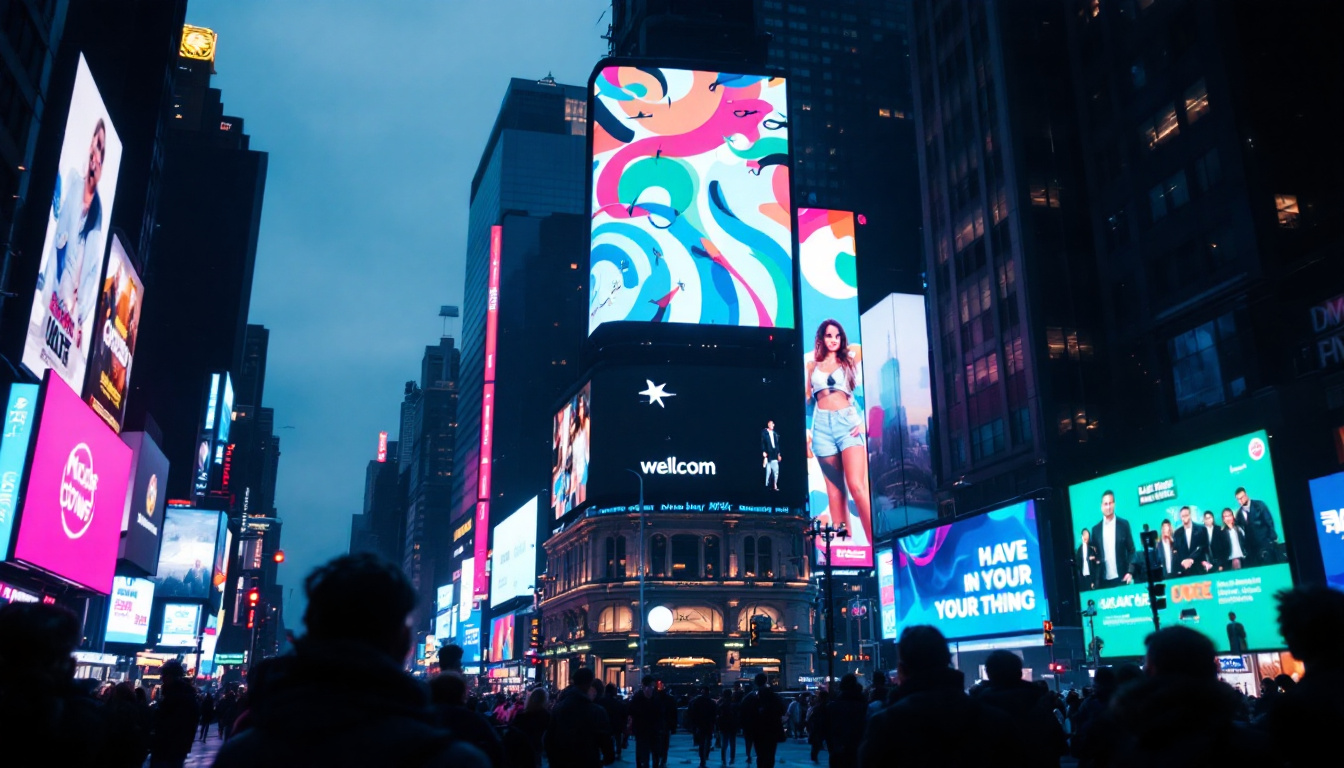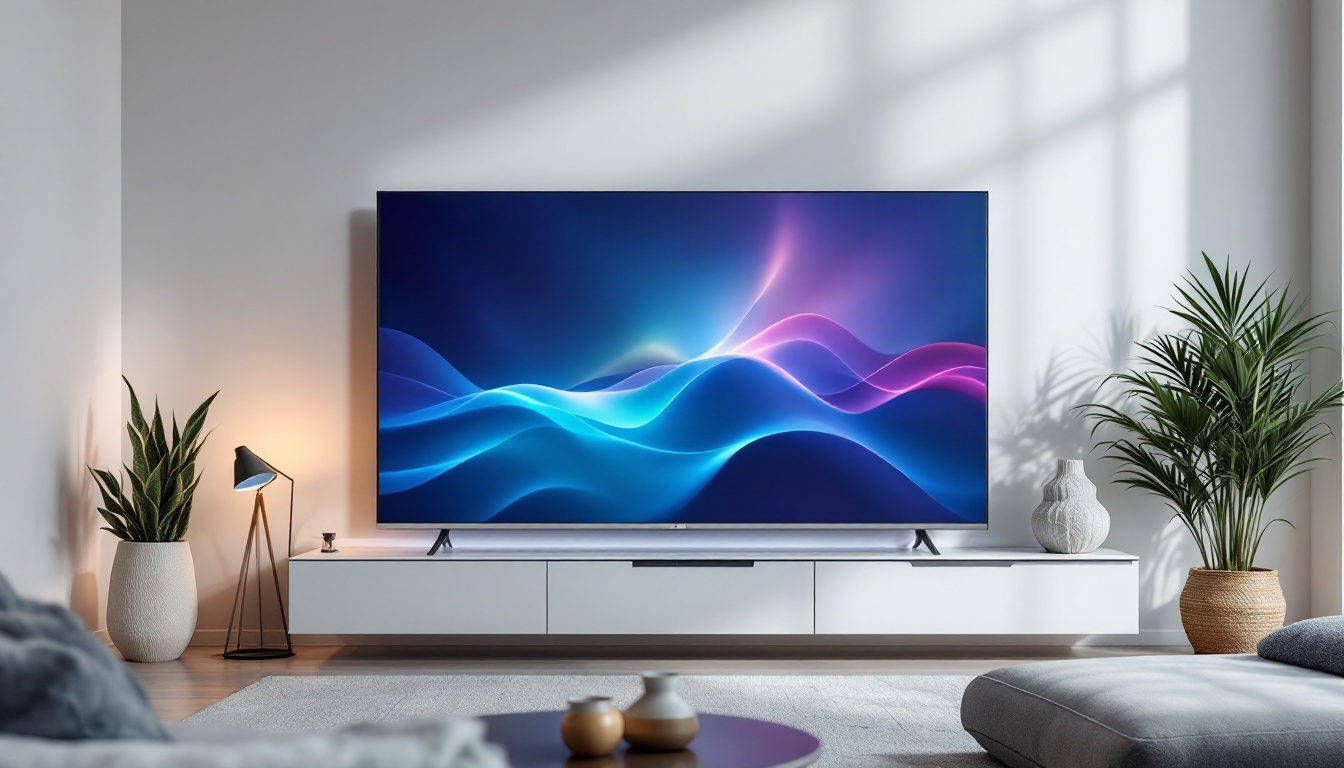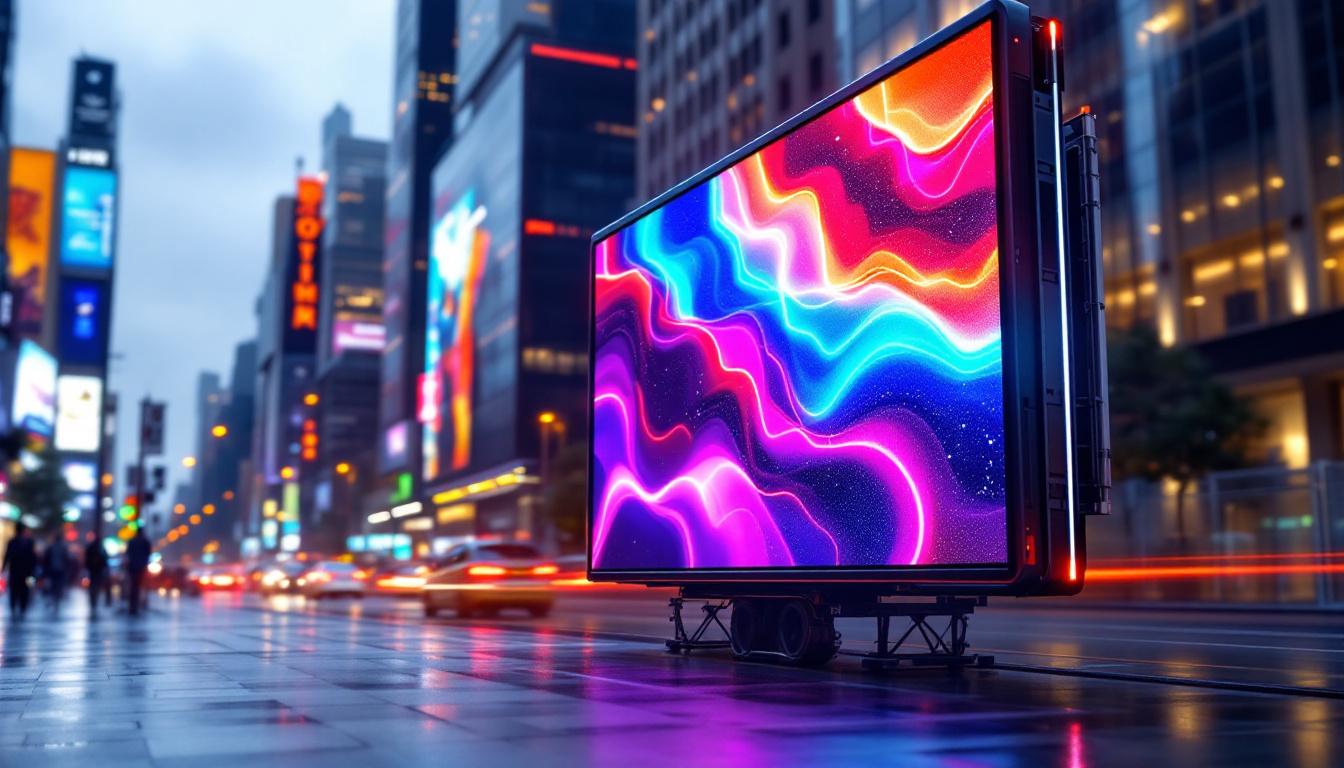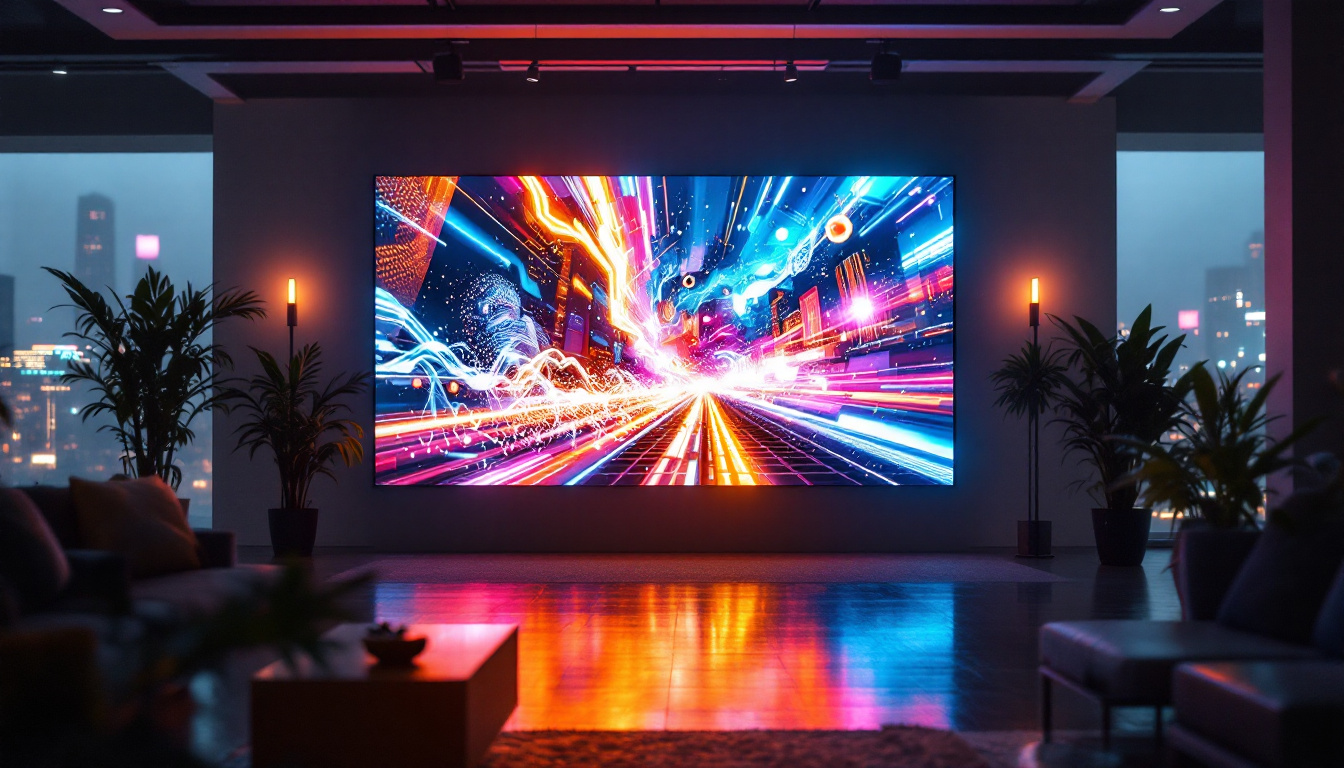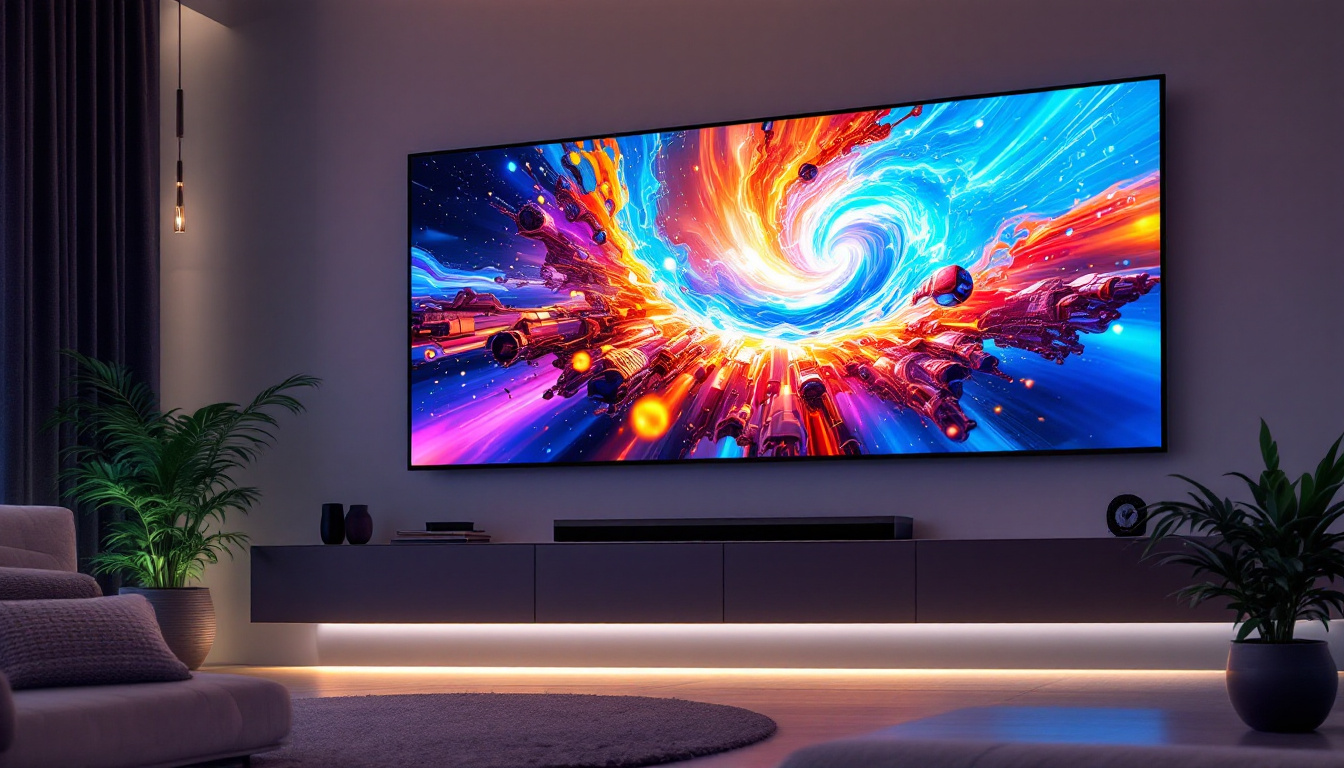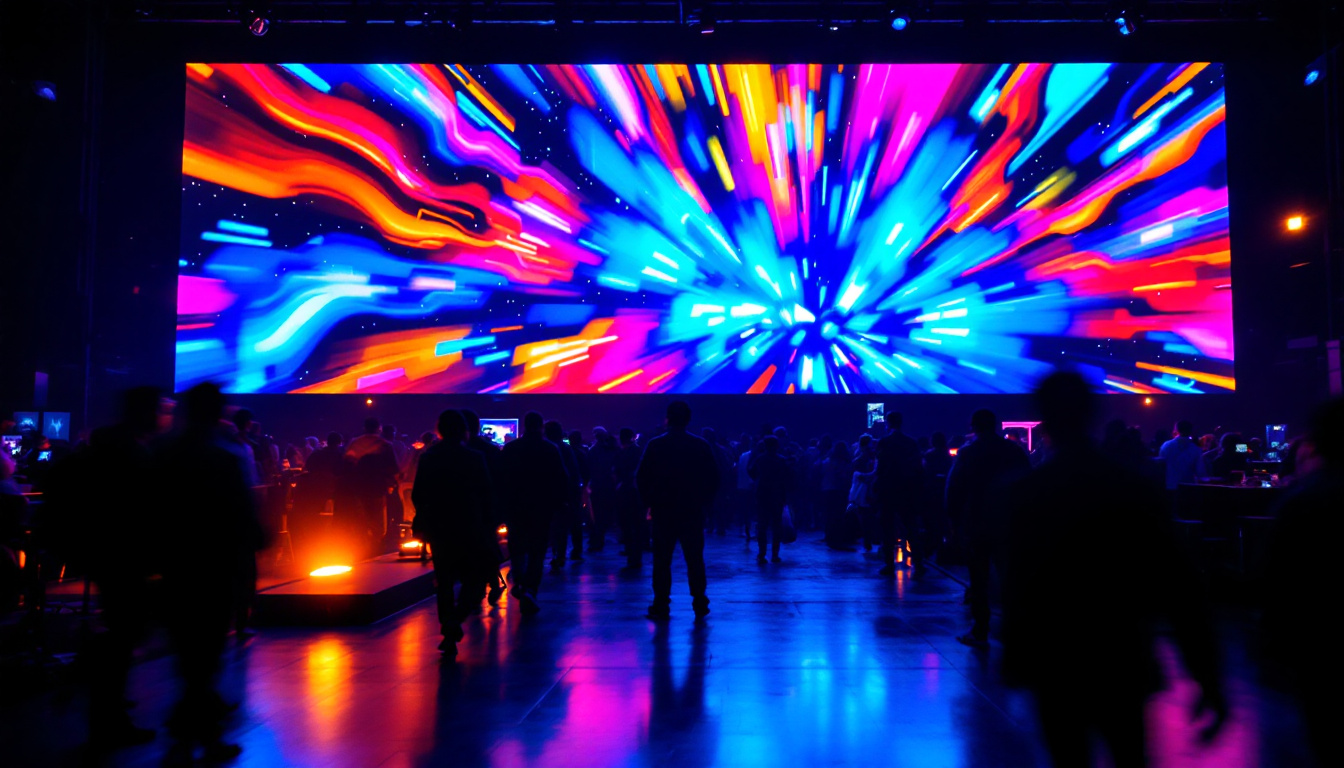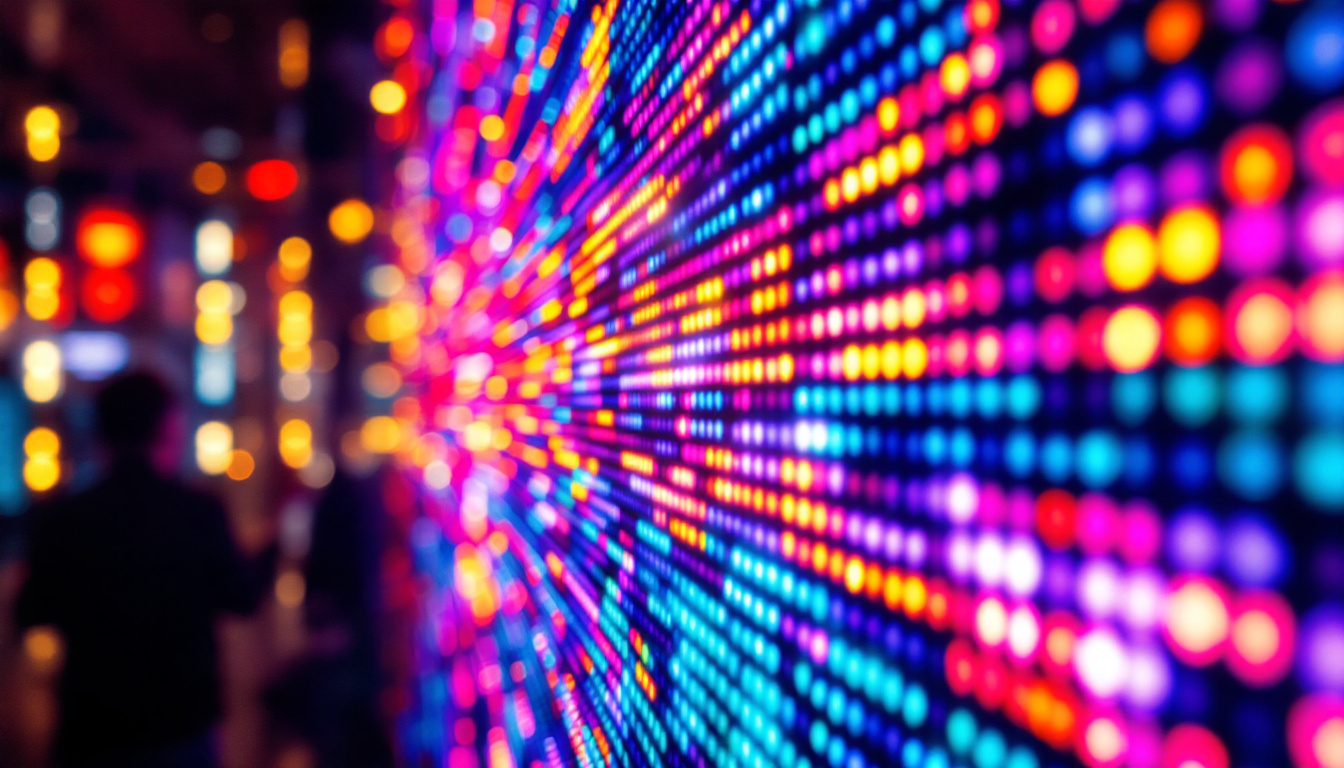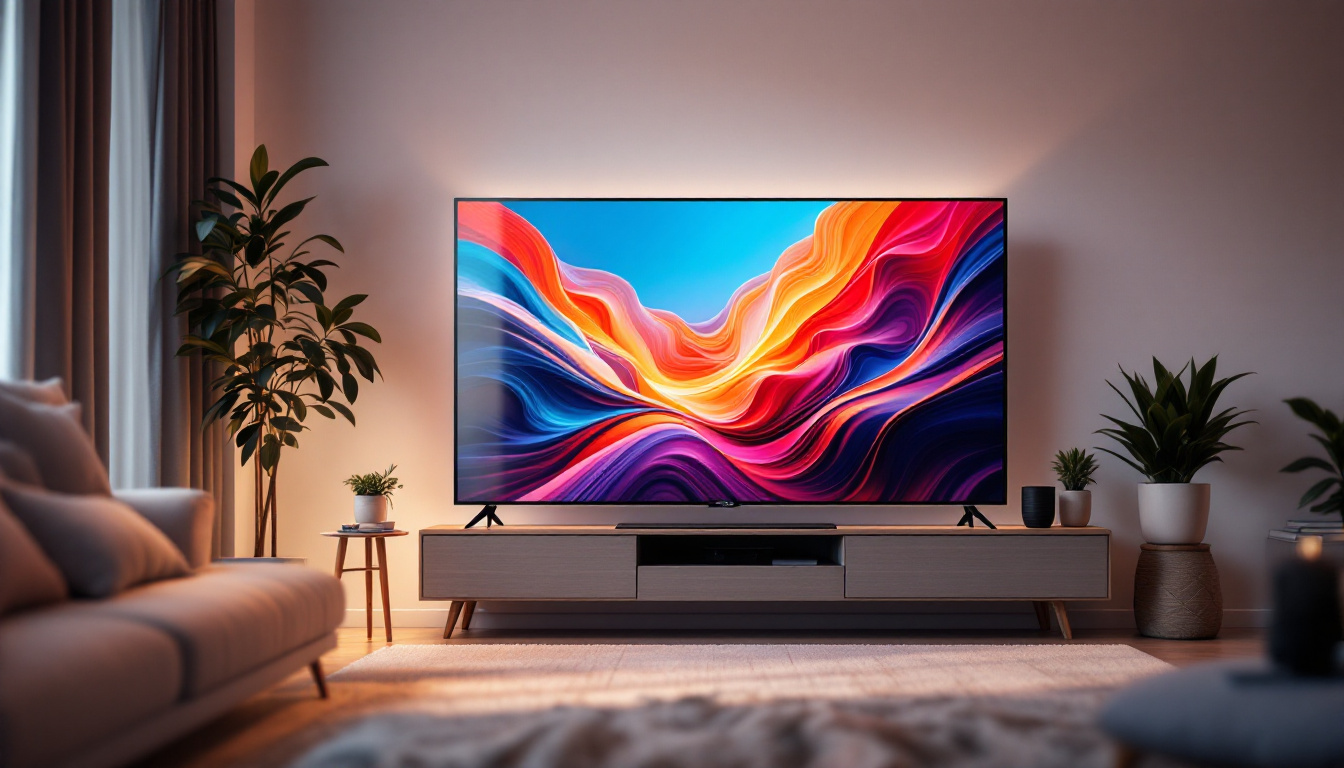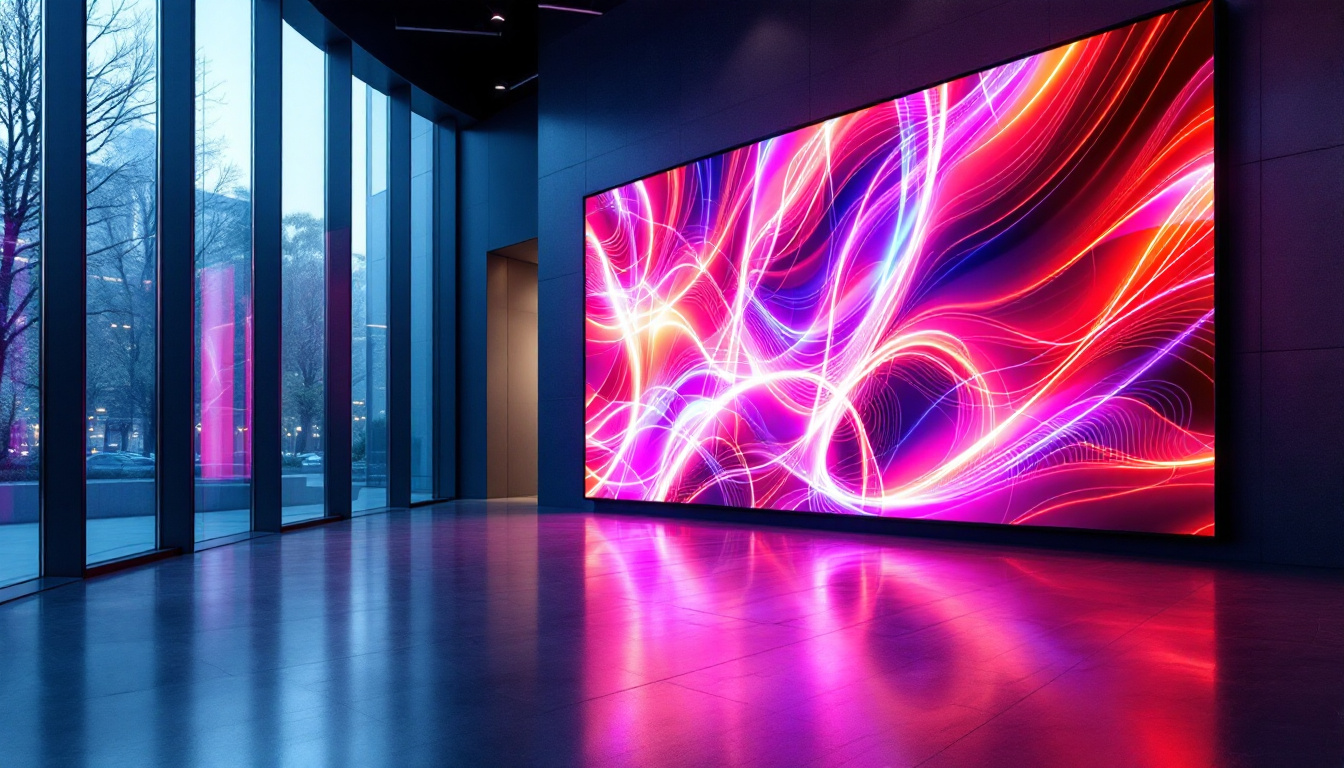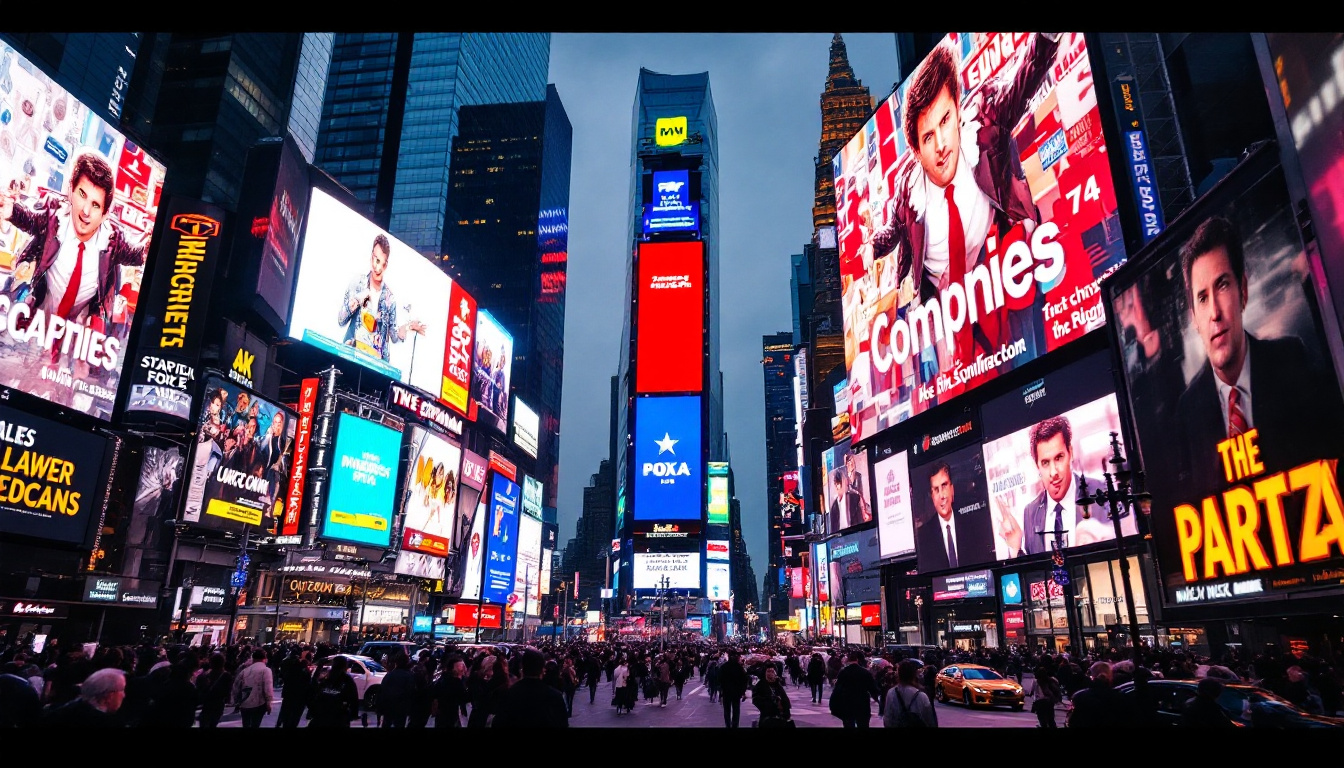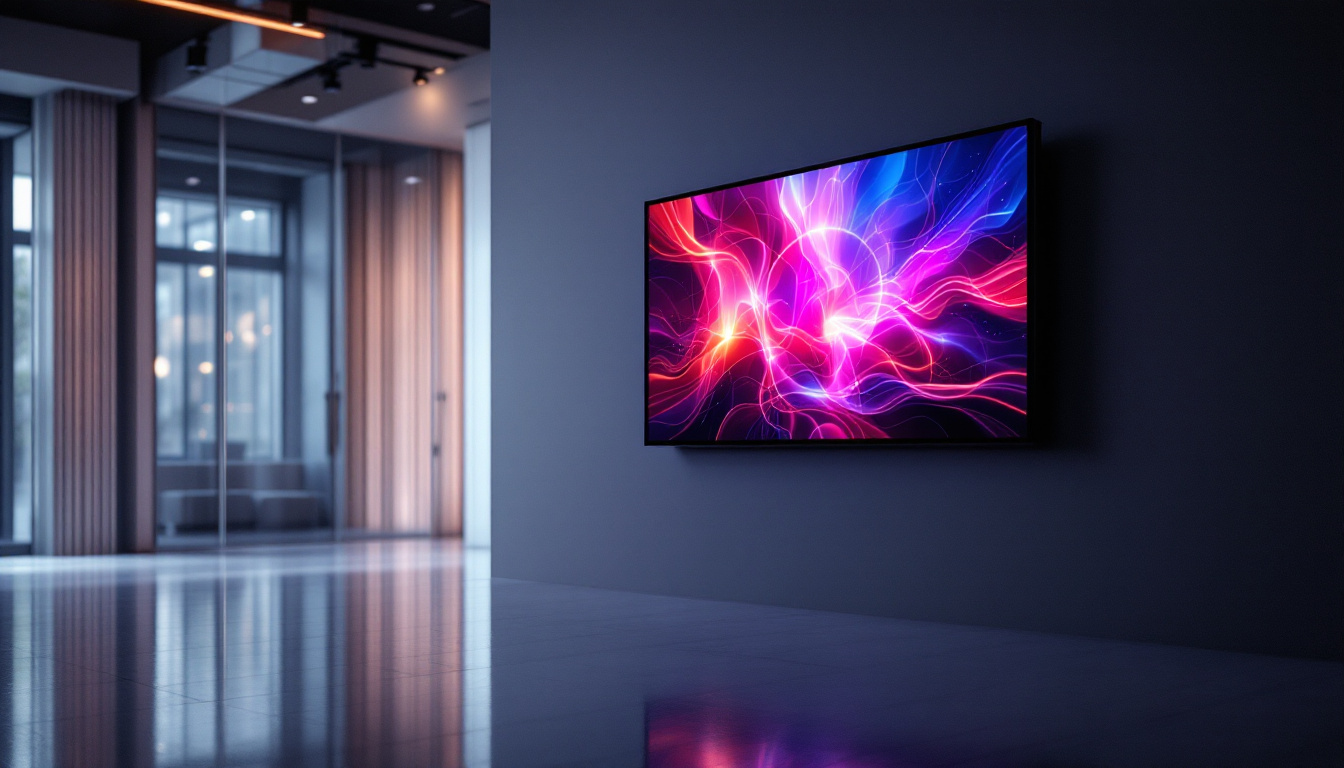The world of broadcasting has evolved dramatically over the years, with technology playing a pivotal role in enhancing the viewer experience. One of the most significant advancements in this realm is the introduction of LED displays. These displays have transformed how information is conveyed, making it more vibrant, engaging, and accessible. This article delves into the intricacies of LED displays, focusing on the P1 model, which has gained popularity in various broadcasting applications.
Understanding LED Technology
Light Emitting Diodes (LEDs) are semiconductor devices that emit light when an electric current passes through them. This technology is not only energy-efficient but also offers a wide range of colors and brightness levels, making it ideal for various applications, including broadcasting.
LED displays consist of numerous individual LEDs arranged in a grid, allowing for the creation of images, videos, and text. The quality of an LED display is often measured by its pixel pitch, which refers to the distance between the centers of two adjacent pixels. A smaller pixel pitch results in higher resolution and better image quality, making it crucial for applications where clarity is paramount. Furthermore, advancements in LED technology have led to the development of organic LEDs (OLEDs) and microLEDs, which promise even greater color accuracy and flexibility in design, pushing the boundaries of what is possible in visual displays.
Benefits of LED Displays
LED displays provide numerous advantages over traditional display technologies. They are known for their exceptional brightness, which allows them to be viewed in various lighting conditions, including direct sunlight. This feature is particularly beneficial for outdoor broadcasting, where visibility can be a challenge. The ability to maintain high visibility without compromising on color vibrancy is a game-changer for advertisers and broadcasters alike, ensuring that messages are effectively communicated to audiences regardless of the environment.
Moreover, LED displays are energy-efficient, consuming less power than conventional displays. This not only reduces operational costs but also contributes to environmental sustainability. Additionally, their long lifespan and low maintenance requirements make them a cost-effective choice for broadcasters. In fact, many LED displays can last over 100,000 hours, significantly outlasting traditional lighting solutions. This durability means less frequent replacements and lower waste, aligning with global efforts toward sustainability and responsible consumption.
Applications in Broadcasting
LED displays have found a wide array of applications in the broadcasting industry. From large outdoor billboards to indoor studio screens, their versatility is unmatched. They are commonly used for live event broadcasting, sports arenas, and concerts, where real-time information and visuals are critical. The rapid refresh rates of LED technology ensure that dynamic content, such as live sports scores or breaking news updates, can be displayed without lag, keeping viewers engaged and informed.
In news studios, LED displays serve as dynamic backdrops, enhancing the overall aesthetic and providing real-time information updates. This integration of technology not only captivates the audience but also elevates the professionalism of the broadcast. Additionally, the modular nature of LED panels allows for creative configurations, enabling broadcasters to design unique setups that can adapt to different shows or events. This flexibility extends to advertising as well, where brands can utilize LED displays for targeted campaigns, changing content based on audience demographics or time of day, thereby maximizing engagement and impact.
Exploring the P1 LED Display
The P1 LED display is a cutting-edge model designed for high-performance broadcasting applications. Its pixel pitch of 1mm makes it suitable for environments where close viewing is necessary, such as control rooms and studio settings. This precision not only enhances the clarity of the visuals but also allows for a more immersive experience, making it an ideal choice for high-stakes presentations and live events where every detail matters.
One of the standout features of the P1 display is its high resolution, which ensures that images and videos are crisp and clear. This level of detail is essential for maintaining viewer engagement and delivering information effectively. Furthermore, the P1 model boasts a wide color gamut, allowing for vibrant and lifelike visuals that enhance the overall viewing experience. The ability to reproduce colors accurately means that graphics and branding can be displayed with fidelity, which is particularly important for companies looking to maintain their visual identity in a competitive market.
Technical Specifications
Understanding the technical specifications of the P1 LED display is crucial for broadcasters looking to invest in this technology. The display typically features a brightness level of over 1,500 nits, making it suitable for both indoor and outdoor use. Its refresh rate, often exceeding 3,000 Hz, ensures smooth video playback, which is vital for live broadcasts. This high refresh rate minimizes motion blur, allowing fast-moving images to be displayed without distortion, which is especially beneficial during sports events or action-packed presentations.
Additionally, the P1 model supports various input formats, making it compatible with a wide range of broadcasting equipment. This flexibility allows broadcasters to integrate the display seamlessly into their existing setups, minimizing disruption during installation. The display also features advanced connectivity options, including HDMI, DVI, and SDI inputs, which facilitate easy integration with various media sources and control systems. This adaptability ensures that the P1 can meet the evolving needs of broadcasters as technology advances.
Installation and Setup
Installing a P1 LED display requires careful planning and execution. The first step is to assess the location where the display will be installed, considering factors such as viewing distance, ambient light, and the overall layout of the space. Proper mounting is essential to ensure stability and safety. Additionally, considerations for cable management and power supply must be made to avoid clutter and ensure a clean installation that maintains the aesthetic of the environment.
Once the installation site is prepared, the display can be assembled and connected to the broadcasting system. This process often involves configuring the display settings to optimize performance, including adjusting brightness levels and color calibration. Professional installation services are recommended to ensure that the display operates at its best from the outset. Furthermore, ongoing maintenance is crucial; regular checks on the display’s performance and calibration can help sustain its longevity and ensure that it continues to deliver exceptional visual quality over time. This proactive approach not only enhances the lifespan of the display but also guarantees that it remains a reliable tool for effective communication in any broadcasting scenario.
Maintenance of LED Displays
Maintaining an LED display is crucial for ensuring its longevity and optimal performance. Regular maintenance not only helps in identifying potential issues before they escalate but also keeps the display looking its best.
One of the primary maintenance tasks involves cleaning the display surface to remove dust and debris that can affect visibility. This should be done using appropriate cleaning solutions and techniques to avoid damaging the LEDs. Additionally, periodic checks of the internal components, such as power supplies and connections, are essential for maintaining functionality.
Common Issues and Troubleshooting
Like any technology, LED displays can encounter issues over time. Common problems include dead pixels, color inconsistencies, and flickering images. Identifying the root cause of these issues is crucial for effective troubleshooting.
For instance, dead pixels may be caused by a malfunctioning LED or a connection issue. In such cases, a technician can often replace the affected components. Color inconsistencies may require recalibration of the display settings to ensure uniformity across the screen. Regular maintenance checks can help in preventing these issues from arising in the first place.
Upgrading Your LED Display
As technology continues to advance, upgrading an LED display may become necessary to keep up with industry standards and viewer expectations. Upgrading can involve replacing older models with newer ones that offer enhanced features, such as improved resolution, better color accuracy, and advanced connectivity options.
Before upgrading, it is essential to evaluate the current display’s performance and determine whether the investment in a new model is justified. Factors such as the frequency of use, the nature of the content being broadcasted, and budget considerations should all be taken into account.
The Future of LED Displays in Broadcasting
The future of LED displays in broadcasting looks promising, with continuous advancements in technology driving innovation. As the demand for high-quality visuals increases, manufacturers are developing displays that offer even higher resolutions and more vibrant colors.
Furthermore, the integration of smart technology into LED displays is becoming more prevalent. Features such as remote monitoring, automated adjustments based on ambient light, and enhanced connectivity options are set to revolutionize how broadcasters utilize these displays.
Emerging Trends
One of the emerging trends in LED display technology is the development of flexible and curved displays. These innovations allow for more creative installations and can enhance the viewer experience by providing a more immersive visual environment.
Additionally, advancements in artificial intelligence (AI) are poised to impact how content is managed and displayed. AI algorithms can analyze viewer behavior and preferences, enabling broadcasters to tailor their content for maximum engagement.
Conclusion
The P1 LED display represents a significant advancement in broadcasting technology, offering high resolution, vibrant colors, and versatile applications. As the broadcasting landscape continues to evolve, the importance of LED displays in delivering engaging content cannot be overstated.
Investing in quality LED technology, such as the P1 model, can enhance the overall viewer experience, making broadcasts more dynamic and visually appealing. With ongoing advancements in LED technology, the future of broadcasting looks bright, and the potential for innovation is limitless.
Discover LumenMatrix’s Advanced LED Solutions
Ready to elevate your broadcasting capabilities with the latest in LED technology? LumenMatrix is at the forefront of innovation, offering a diverse range of LED display modules tailored to your needs. Whether you’re looking for an Indoor LED Wall Display, a vibrant Outdoor LED Wall Display, or specialized solutions like Vehicle LED Displays and LED Sports Displays, we have you covered. Experience the future of visual communication with our Custom LED Displays, All-in-One LED Displays, and LED Transparent Displays. Check out LumenMatrix LED Display Solutions today and transform your broadcast with unparalleled clarity and impact.

